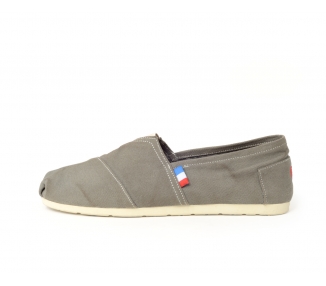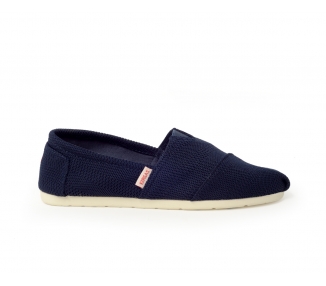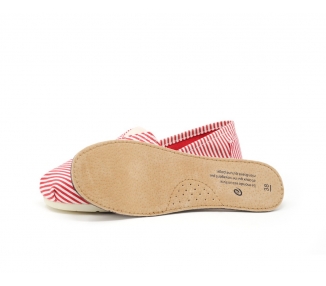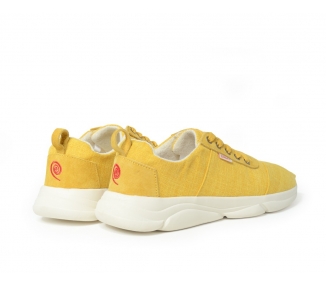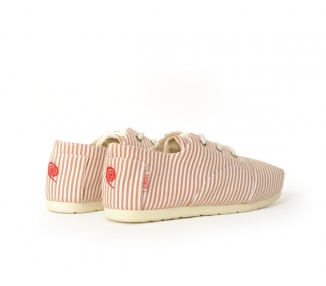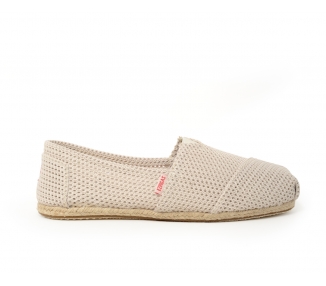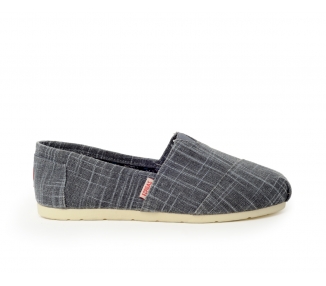Blue, White, Red Friday !
Green Friday vs. Black Friday: Which to choose?
What to think about Black Friday, this XXL commercial operation? An opportunity to buy Christmas gifts at low prices? Can we still rejoice in multiplying the "good deals"? Are all promotional actions to be banned?
These are questions that we ask ourselves as consumers, but they are also asked by businesses. In short, we could write a giant four-handed philosophy dissertation on this!
To clarify things, let’s retrace:
- The history of Black Friday and the problems it raises,
- The emergence of Green Friday and its counter-proposals,
- The launch of an alternative in which Gobi feels comfortable...
Round #1 – Black Friday
The first of its kind dates back to the 1950s. We are in the United States, and the day after Thanksgiving, Americans begin thinking about Christmas: they need a long weekend to start shopping for gifts and, above all, to make the big stores happy.
In Europe, this day dedicated to tempting offers appeared in 2010 and became established permanently from 2014. The last Friday in November, which had all the makings of a somewhat grim date, turned into a huge consumer celebration. Electronics, home appliances, and clothing are attracted with huge discounts. It would be foolish not to take advantage of it... Right?
But Black Friday, with its excessiveness, poses some small problems. What started as one day stretched into an entire weekend, plus Cyber Monday, and eventually extended to a whole week or even a month for those going all out until Cyber November… Overconsumption takes the lead over good deals, which explains why Black Friday has become the "boogeyman" for many environmental activists and beyond.
-
Conditions of (over)production. The exaggeration of Black Friday is primarily the exaggeration of the discounts offered, reaching up to -90%. One could question the honesty of the promotion but especially the logic behind it: to lower prices, the goal is to manufacture as cheaply as possible. And cheap usually means environmental and social compromises... Today, a too-good deal for the consumer is often a very bad one at the other end of the chain.
-
Waste. Black Friday sends the wrong signal to consumers, encouraging them to buy new items, whether they really need them or not. The most popular products are electronics, clothing, jewelry, luxury glasses, and accessories. Basically, highly desirable items that we shouldn't need to buy every few months. But instead of repairing, reselling, or recycling, we throw them away. And we buy again. The 2022 forecast: in 4 weeks, retail sales are expected to reach between $1.28 trillion and $1.3 trillion, a 7 to 9% increase from 2020. That’s about 30% of the annual revenue in the sector!
-
Greenhouse gases. When people place orders, the goods must be shipped from the place of manufacture (sometimes from the other side of the world), stored, restocked, packaged, and delivered. For example, Amazon’s storage alone generated "55.8 million tons of greenhouse gases in 2018, the equivalent of Portugal's emissions," according to Pierre Galio, head of the consumption and prevention department at Ademe, quoted in a France Télévision report.
Online orders are exploding (+21% between 2017 and 2018 on Black Friday), leading to massive parcel shipments: up to 4 million parcels to be delivered per day, compared to 1.6 to 2 million daily the rest of the year, according to La Poste!
So naturally, resistance didn’t take long to step into the ring.
Round #2 – Green Friday
In 2017, the members of the Envie network realized the growing importance of Black Friday and decided to respond. With Altermundi, Le Refer, DreamAct, Ethiquable, and Emmaüs, they founded the Green Friday association. A collective whose mission is to remind us how powerful the act of buying is, with consequences for the environment.
More concretely, businesses that join the Green Friday initiative commit to:
- Not offering discounts to their customers on Black Friday,
- Raising awareness about more responsible and sustainable consumption,
- Donating 10% of their turnover on that day to associations involved in sustainable development.
A big round of applause for such a program! Encouraging repair over throwing away, buying local, and choosing certified products… At Gobi, we are in sync with these good practices. In 2018 and 2019, Gobi naturally joined Green Friday.
Round #3 – Bleu Blanc Rouge Friday
So why didn’t we continue down the Green Friday path?
Reason #1: Simply because we were frustrated to see "made in faraway" brands, few or not committed, massively attracting consumers. As everyone is about to buy their Christmas gifts, we thought it would be a great idea to guide consumers toward brands that create jobs and industrial dynamism right near them! Especially since this commitment to local production often goes hand in hand with other environmental manufacturing considerations that we want to encourage.
Reason #2: We didn’t want to forget those with smaller budgets who rely on special offers to buy a gift. Especially in a context of inflation and declining purchasing power. Making a gesture so that our customers can have a positive impact through their purchase seemed important. Of course, spoiler alert: no brand can offer 90%, 70%, or even 50% off. Our margins are far too tight...
From these reflections came the creation of the Bleu Blanc Rouge Friday in 2020.
We are convinced that French-made creations have nothing to be ashamed of when it comes to making sales.
